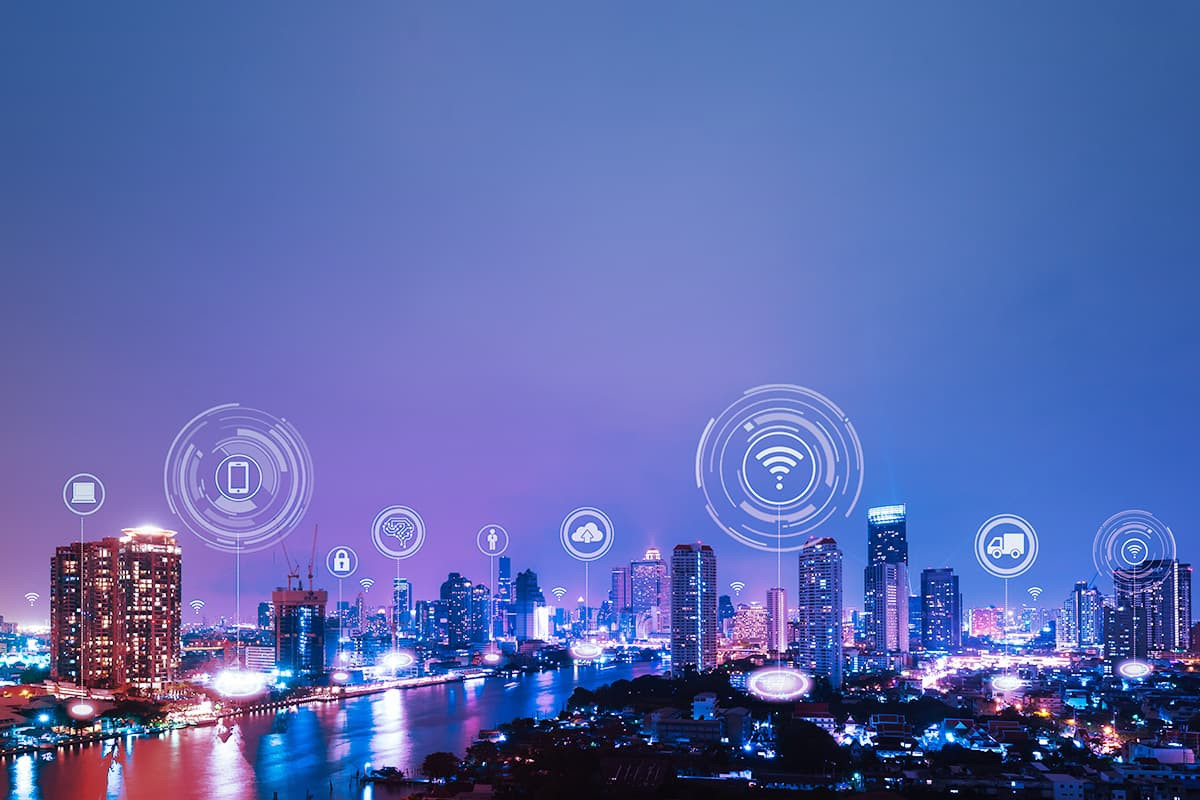
What is IoT (Internet of Things)? How Does It Work?
What is in this article?
Technology is advancing at a rapid pace. Not just our phones and computers, but everything we use in our daily lives is getting smarter. Thermostats, light bulbs, security systems, fridges, even our cars and watches are equipped with IoT technology. There is no doubt that the Internet of Things (IoT) is one of the most exciting areas of modern technology.
Read on our in-depth blog on IoT, which is based on the idea that physical objects can communicate and share information with each other by connecting to the Internet.
What Is Iot? What Does the Internet of Things Mean?
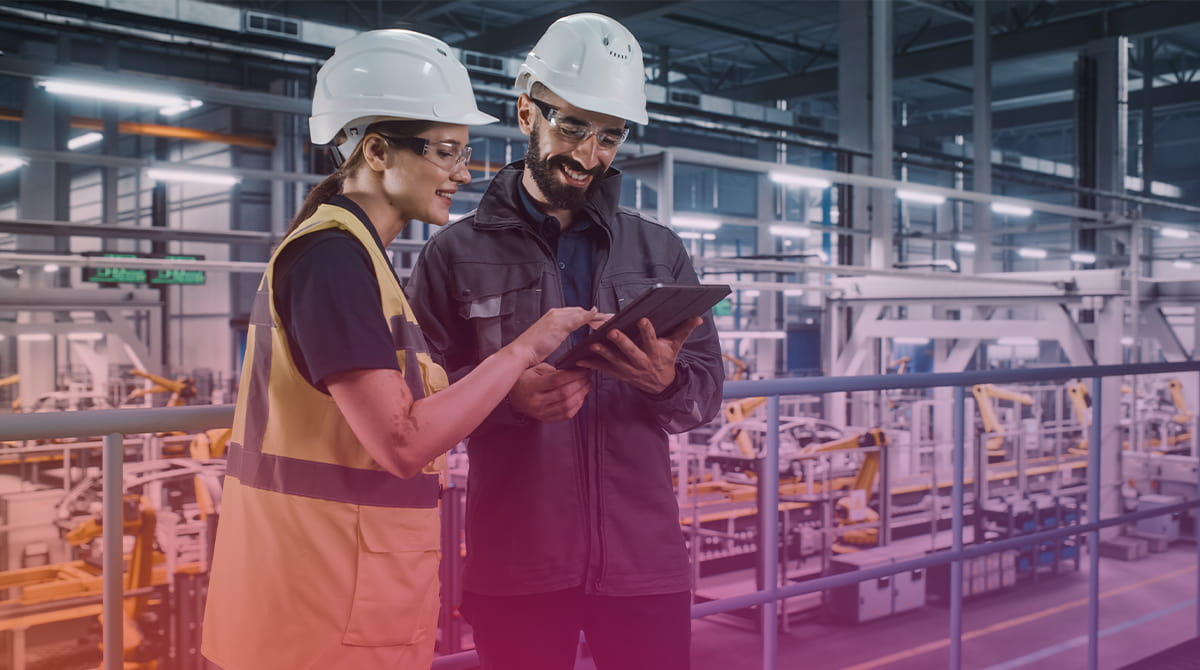 The Internet of Things (IoT) is a technology that enables everyday objects to communicate and exchange data with each other over the Internet. This technology is able to collect, send and process data through web-enabled smart devices.
The Internet of Things (IoT) is a technology that enables everyday objects to communicate and exchange data with each other over the Internet. This technology is able to collect, send and process data through web-enabled smart devices.
These intelligent devices transmit the data they gather through gateways and disseminate it by establishing connections to cloud systems or other endpoint devices. IoT devices communicate with other related devices and perform their functions without human intervention.
IoT boasts a plethora of applications that not only facilitate daily life but also yield manifold advantages to businesses across corporate, manufacturing, and industrial production domains. The basic components of IoT can be divided into four categories: Object Component, Data Component, Human Component and Process Component.
Object Component
Internet-connected devices, known as object components, utilize embedded systems that facilitate seamless communication between internal servers and external environments. Sensors convert physical properties into electrical signals so they can be processed by computers. Controllers are used to transmit data received from sensors to devices in the cloud. Finally, activators are used to control systems or mechanisms based on the transmitted data.
Data Component
The data component comprises both structured and unstructured information. Structured data includes files or data sets that can be easily classified, queried and analyzed by computers.
Unstructured data is known as raw data and refers to database data that has not yet been converted into conventional data formats. Effective transport, storage and management of data contribute significantly to a successful IoT system.
Human Component
Mere abundance of data does not render it meaningful. To transform knowledge into valuable information and take effective action, people need accessible information. This information helps make appropriate decisions.
This component includes machine-to-machine (M2M), machine-to-person (M2P), or people-to-people (P2P) interactions. Although IoT technology mainly focuses on M2M connections, M2P and P2P interactions help create the most valuable interaction process.
Process Component
The process component represents the harmonized operation of other components of IoT. Processes that facilitate interaction between people, objects and data ensure that information is delivered at the right time, in the right way and to the right people.
How Does Iot Work?
(You can learn the details by clicking on the numbers)

The basic elements of IoT are devices with data collection and communication capabilities. These devices are usually connected to the Internet and each has an IP address. Data collection is accomplished by transmitting data from the devices to a collection point. The mode of communication can be either wireless or wired, and the method of data transmission may vary based on the specific application.
The collected data is usually sent over the Internet to a data center or cloud service. In these centers or cloud systems, the data is processed, analyzed and stored. In industrial environments, critical devices can sometimes experience latency issues when sending data to a remote center. This is when edge computing comes into play.
Edge computing facilitates the processing and analysis of data in close proximity to the devices, thereby reducing latency and enabling swift responses. Devices have a streaming connection to send and receive data. This flow ensures that data is transmitted continuously. Data to be processed and stored is transmitted over this stream and collected at a central point.
Data-collecting devices, the fundamental components of IoT, coalesce into a system that encompasses elements such as communication, data transport, data processing, and flow management. In this way, the Internet of Things technology works effectively, playing an important role in data sharing, analysis, and decision-making processes.
IoT is a network structure that enables various devices and objects to communicate with each other. The steps in this network structure can be summarized as follows:
- The basis of IoT is that objects are connected to the Internet. These objects use sensors to collect data about their environment. For instance, a smart thermostat senses ambient temperature data through a dedicated temperature sensor.
- The data collected from sensors is aggregated by IoT devices or gateways, such as wide area networks (LPWAN) and long range network (LoRaWAN). These devices usually have local processing power or memory to process and transmit data.
- Data from IoT devices is transmitted via gateways. Gateways enable data communication between the local network and the Internet. Consequently, the collected data can be transmitted to cloud-based services or another designated destination.
- Gateways can transmit collected data over wireless or wired connections. Typically, wireless communication is established through Wi-Fi, Bluetooth, Zigbee, or other wireless protocols.
- One of the most important aspects of IoT is that collected data can be transmitted to cloud-based services. Cloud-based services provide powerful infrastructure and resources for data storage, analysis, and processing. Cloud-based services enable the analysis and use of IoT data. This data can be harnessed by users or automated systems across diverse applications. Smart home systems, for example, enable users to control devices remotely.
Commonly Used Terms for Internet of Things
There are common terms about IoT. These terms and their explanations are as follows:
- Gateaway: Collects and forwards data from IoT devices. This enables data communication between the local network and the Internet.
- Hub: A central point that enables data communication between IoT devices. Devices can exchange data by connecting to the hub.
- Access Point: A device that allows IoT devices to connect to the wireless network. It connects via Wi-Fi or another wireless communication protocol.
- API (Application Programming Interface): An API is an interface that allows software to access certain functions or data. In IoT, APIs allow devices to share their data with other applications.
- GNSS (Global Navigation Satellite System): GNSS refers to satellite-based navigation systems such as GPS (Global Positioning System). IoT devices can use GNSS to determine location data.
- IIoT (Industrial Internet of Things): IIoT pertains to the utilization of the Internet of Things in the industrial domain. It is used in areas such as factories, energy systems and transport.
- IoE (Internet of Everything): IoE is a comprehensive concept that includes not only objects, but also people, processes and data. It is an ecosystem in which all these elements are interconnected.
- Sensors: These are electronic devices integrated into IoT equipment that can detect and measure environmental variables. For example, sensors can be used to detect variables such as temperature, humidity, motion and light.
- Actuators: Actuators provide controllable output power to perform movements or operations through IoT devices. For example, a relay is an actuator that can turn lights on and off.
- Cloud Computing: A centralized network of servers used to store, process and analyze data collected by IoT devices. It serves as a pivotal component in executing essential operations, including Big Data analytics and the deployment of artificial intelligence applications.
- Machine Learning: An artificial intelligence method used to analyze IoT data and recognize patterns. Machine learning algorithms find utility in effectuating automated decision-making, making predictions, and detecting anomalies within IoT systems.
- Security: In the context of the Internet of Things, the term security refers to the protection of devices and data. IoT security includes measures such as secure connection of devices, data encryption, authorization and access control.
- Edge Computing: Edge computing embodies a computing paradigm that facilitates localized processing of data in close proximity to IoT devices. It reduces latency, optimizes bandwidth usage and enables certain operations to be performed locally. Bandwidth is an important factor in communication networks. This is because it determines the maximum data transmission rate that a network can provide. A larger bandwidth means a higher data transmission rate, while a smaller bandwidth results in a lower data transmission rate.
What is Big Data?
Big Data encompasses expeditiously burgeoning quantity of data gathered by IoT devices. The IoT ecosystem continuously generates large amounts of data through sensors, devices, networks and other components. This data can often be in the form of structured and unstructured data. IoT devices measure environmental variables through various sensors and collect this data. As an illustration, IoT devices have the capacity to collect data such as temperature, humidity, pressure, and location. This data can reflect the physical condition of the devices, environmental conditions, or usage habits.
Managing and analyzing this magnitude of data and its speed is of paramount importance. Big Data analytics has made it possible to extract valuable information and identify trends, patterns or anomalies by processing IoT data. As an instance, the data extracted from IoT devices can be analyzed to optimize energy consumption, enhance production processes, and acquire valuable insights into consumer behavior.
Scope of IoT
IoT is now a technology with a wide range of use cases. Examples of IoT use cases include the following:
- The IoT has great potential for home automation and smart home systems. Various devices within a household, such as lighting systems, thermostats, security cameras, door locks, and more, can be interconnected to the Internet, enabling remote control and seamless communication among them. This integration fosters energy efficiency, heightens security measures, and enhances overall home comfort.
- Supports automation in factories and industrial environments. Sensors and devices can monitor production processes, collect and analyze data. Through such interconnectedness, productivity gains can be achieved, error rates diminished, and maintenance processes refined. Industrial IoT (IIoT) is a term used specifically in this field.
- It can be used to increase productivity in agriculture. By deploying sensors and monitoring devices in agricultural areas, it becomes feasible to monitor crucial parameters such as soil moisture, weather conditions, and crop growth progress. This capability allows for the optimization of irrigation processes, accurate determination of fertilizer requirements, and early detection of plant diseases.
- It plays an important role in the transport sector and in smart city applications. Thanks to vehicle-to-vehicle (V2V) and vehicle-to-infrastructure (V2I) communication, traffic management can be improved, parking management facilitated and sustainable transport solutions developed.
- It can be put to use in healthcare and personal care. Wearable devices that interact with the human body, such as smartwatches and fitness bracelets, have the capacity to monitor health data, evaluate disease risks, and furnish information about an individual's health status. Conversely, IoT is now finding application in telemedicine, facilitating remote patient monitoring and granting access to medical information from afar.
- In retail, it can be used to improve the customer experience. Thanks to solutions such as smart labels, in-store location systems, and customer preference analysis systems, stores can offer their customers more personalized services.
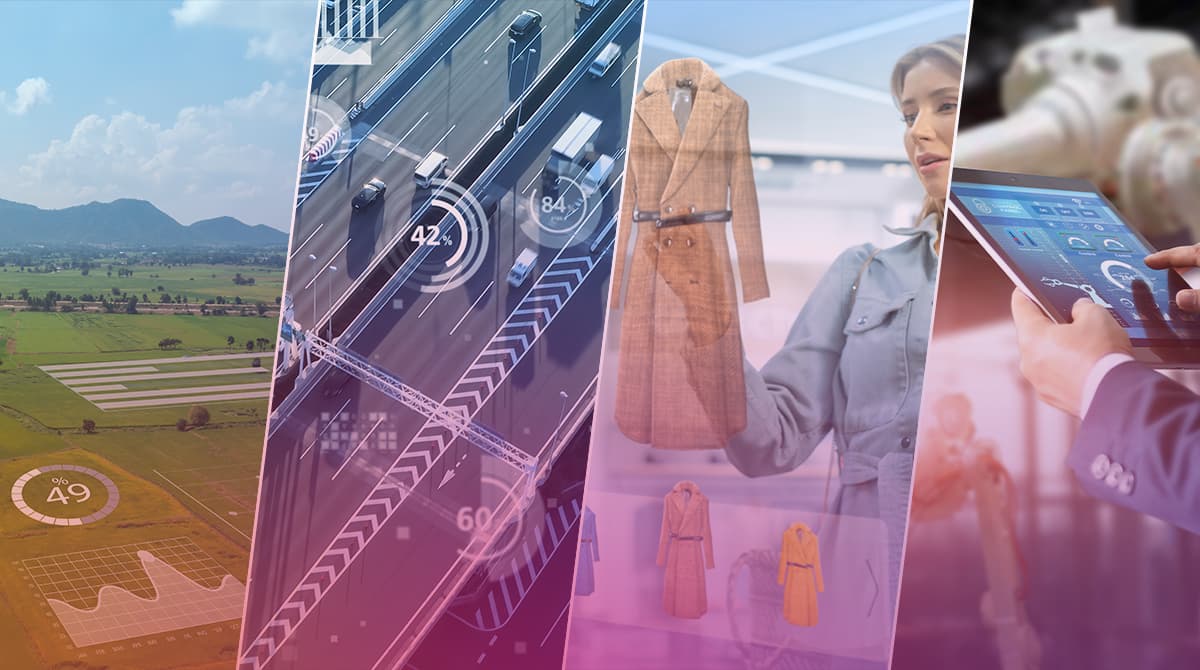
What Advantages Does Iot Offer?
The Internet of Things (IoT) brings a number of benefits to people's lives. Firstly, devices such as smart thermostats and home security systems can be monitored and controlled remotely. This way, you can adjust the temperature from anywhere in the world or get an instant alert in case of an alarm. This is a great gain in convenience and security. However, the benefits of IoT are not limited to this.
IoT technology also helps businesses achieve efficiency and savings. Sensors in factories can monitor energy consumption and optimize processes. This reduces costs and increases operational efficiency. Companies can make production processes more efficient, use resources more effectively and gain a competitive edge.
Also, IoT holds significant importance in the context of Industry 4.0, with reference to the transformation process wherein digitalization and automation are employed at the highest echelons within the manufacturing sector. The goal of Industry 4.0 is to make production processes smarter, more efficient and more flexible. Sensors, devices and production equipment in factories can collect and evaluate data in real time. The data generated from IoT can be leveraged to optimize production processes, proactively detect and prevent errors, enhance energy consumption patterns, and achieve more efficient utilization of resources. On the other hand, the industrial sector is expected to make more use of IIoT (Industrial Internet of Things).
In addition, better optimization of automation, production efficiency, and maintenance processes are among the developments expected in the future. The ways in which IoT is employed in the automotive sector have also gained prominence in recent times.
Connected cars have great potential in terms of safety. Thanks to sensors and communication technologies, cars can warn drivers of dangers and prevent accidents. It can warn the driver, for example, when tire pressure drops or when a hazard is nearby. This helps to increase safety and reduce accidents on the road.
How Is the Safety of the Iot Ensured? Is It Safe?
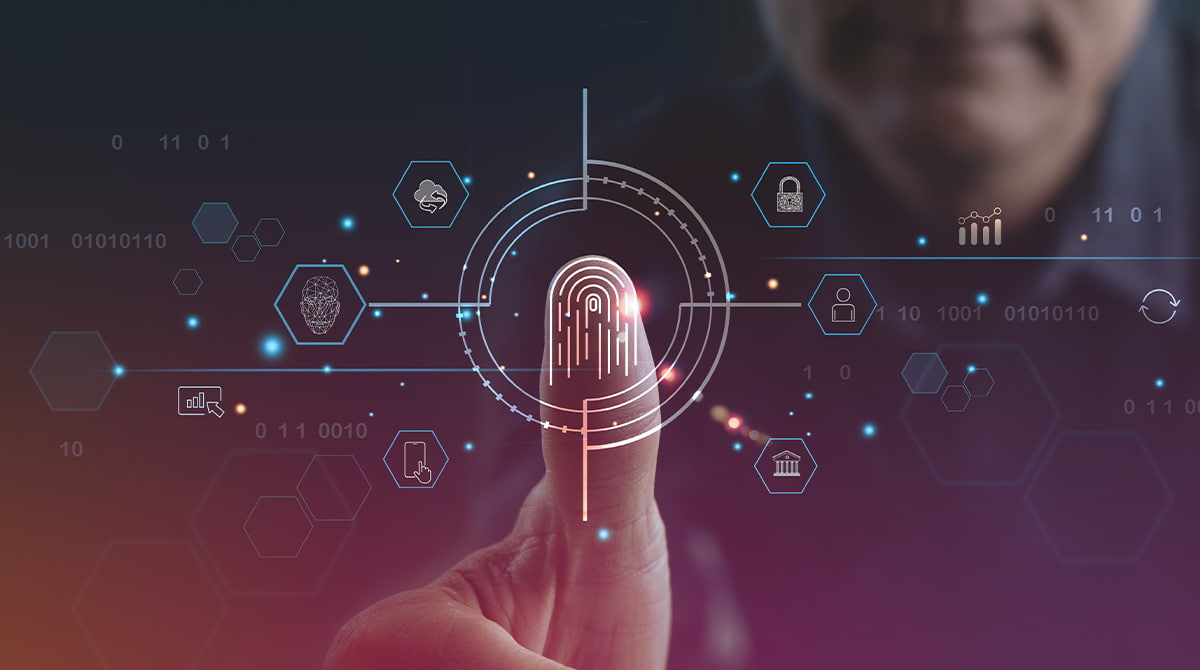 IoT security is an issue of great importance. This is because connected devices and networks can be exposed to potential vulnerabilities and be the target of malicious attacks. Various measures should be taken to ensure IoT security. The most important measure in this context is the use of strong authentication and authorization mechanisms. Devices must have secure identities and be protected with strong passwords. On the other hand, network access limits should be set and only authorized devices should be granted access.
IoT security is an issue of great importance. This is because connected devices and networks can be exposed to potential vulnerabilities and be the target of malicious attacks. Various measures should be taken to ensure IoT security. The most important measure in this context is the use of strong authentication and authorization mechanisms. Devices must have secure identities and be protected with strong passwords. On the other hand, network access limits should be set and only authorized devices should be granted access.
Secondly, it is crucial to employ data encryption. The encryption of data transmitted and stored by IoT devices serves as a safeguard, preventing unauthorized individuals from comprehending the content. The adoption of end-to-end encryption methods can significantly enhance data security.
On the other hand, regular update and patch management is important. It should be ensured that the software embedded in IoT devices is up-to-date and secure. It is important that manufacturers provide quick updates when they discover security vulnerabilities.
Network segmentation can also be used for IoT security. To shield IoT devices from potential attacks, they can be isolated from other critical systems on the network. Apart from this, awareness and training are also important for IoT security. Users should know how to use IoT devices safely and apply basic security measures. Informed users can better deal with potential risks and minimize vulnerabilities.
Examples of the Internet of Things
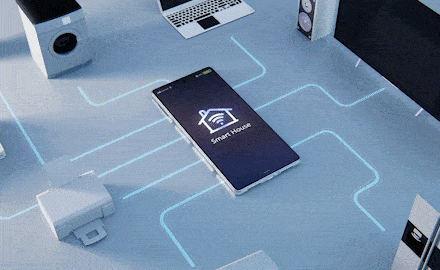 The Internet of Things permeates daily life across various domains and devices. Examples could include:
The Internet of Things permeates daily life across various domains and devices. Examples could include:
- Smart Thermostats: Thermostats equipped with sensors that detect and autonomously adjust home temperatures, enabling remote access and temperature control through a mobile app or web interface.
- Smart Lighting Systems: Thanks to IoT, smart light bulbs or lighting systems used for home illumination can provide various features, including remote on/off, brightness adjustment, and color change capabilities.
- Intelligent Plugs: Examples include plugs equipped with power consumption measurement capabilities, allowing remote control. You can switch the socket on and off via a mobile app or voice commands and monitor consumption data.
- Smart Home Security Systems: IoT technology enables the monitoring and remote control of devices such as security cameras, door sensors, and motion sensors in a household, all accessible over the Internet. It provides alerts, notifications and video surveillance functions.
- Smart Electricity Meter: An exemplary device that showcases IoT application is the smart electricity meter, replacing the conventional meter, capable of real-time monitoring of energy consumption and providing relevant data. It is used to increase energy efficiency and facilitate bill management. If at this point you are wondering, What would happen if there was no electricity?, read our blog.
- Smart Refrigerators: Smart refrigerators exemplify devices capable of tracking products within their compartments, reordering them based on consumption patterns, and issuing timely reminders as needed. At the same time, these devices ensure energy efficiency and optimize power consumption.
How Did Iot Come About? What Can We Expect in the Future?
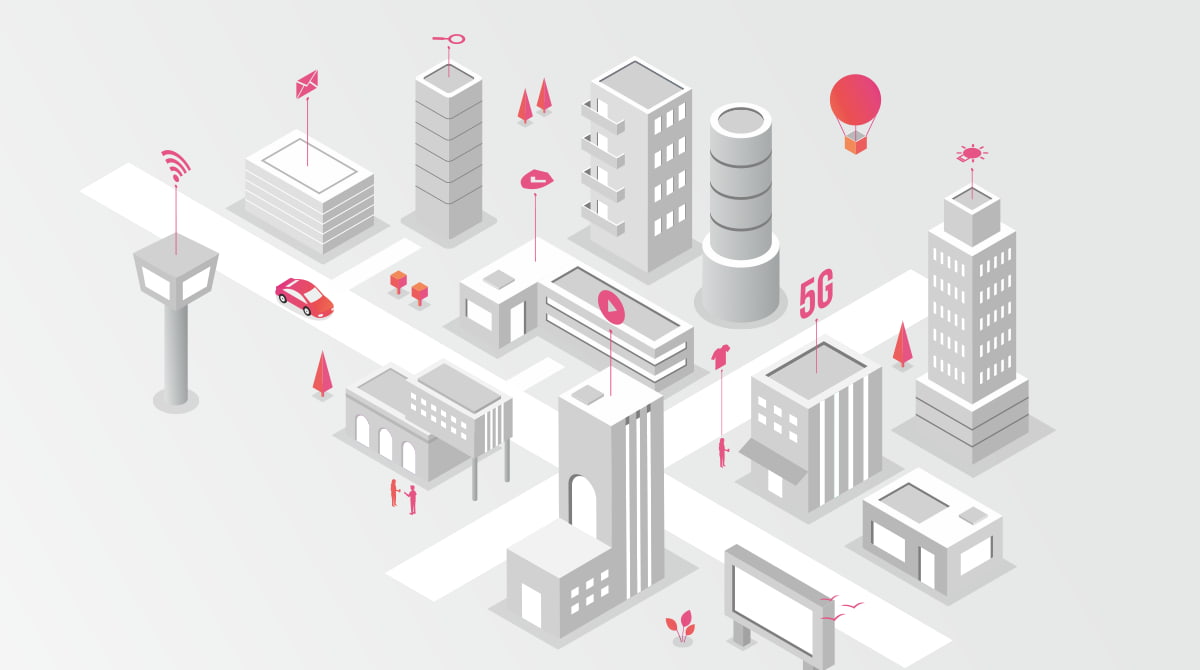 The concept of the Internet of Things (IoT) emerged in the late 1990s and early 2000s. However, the origins of IoT go back much further. The cornerstone of IoT lies in the concept of interconnecting devices, spurred by the proliferation of computers and the Internet. The introduction of the Internet into our households gave rise to the vision of a future where household appliances and devices could communicate and exchange information by connecting to the Internet.
The concept of the Internet of Things (IoT) emerged in the late 1990s and early 2000s. However, the origins of IoT go back much further. The cornerstone of IoT lies in the concept of interconnecting devices, spurred by the proliferation of computers and the Internet. The introduction of the Internet into our households gave rise to the vision of a future where household appliances and devices could communicate and exchange information by connecting to the Internet.
The term Internet of Things, coined by Kevin Ashton in 1999, is based on a network in which objects can interact with each other and with people. This idea has become feasible through the advancement of sensors and wireless communication technologies, enabling devices to collect, exchange, and process data.
The scope of Internet of Things is expected to expand and evolve even further in the future. The impact of IoT is poised to extend its reach across nearly every sector, permeating various facets of our daily lives. In the healthcare sector, for example, IoT will play a larger role in applications such as patient tracking systems, smart health devices, and remote health services.
Smart city projects have made great strides in areas such as traffic management renewable energy sources that provide energy efficiency, and waste management.
Furthermore, IoT can even contribute to the reduction of carbon footprint. At this point, you may want to view our blog What is carbon footprint? How can it be reduced?
So what interests you most about the Internet of Things? Let us know what you think.

 Online Services
Online Services Application Inquiry
Application Inquiry Pay Assurance Fee
Pay Assurance Fee Query Installation Number
Query Installation Number Compensation Fee Inquiry
Compensation Fee Inquiry Automatic Payment Order Inquiry
Automatic Payment Order Inquiry Partnership
Partnership
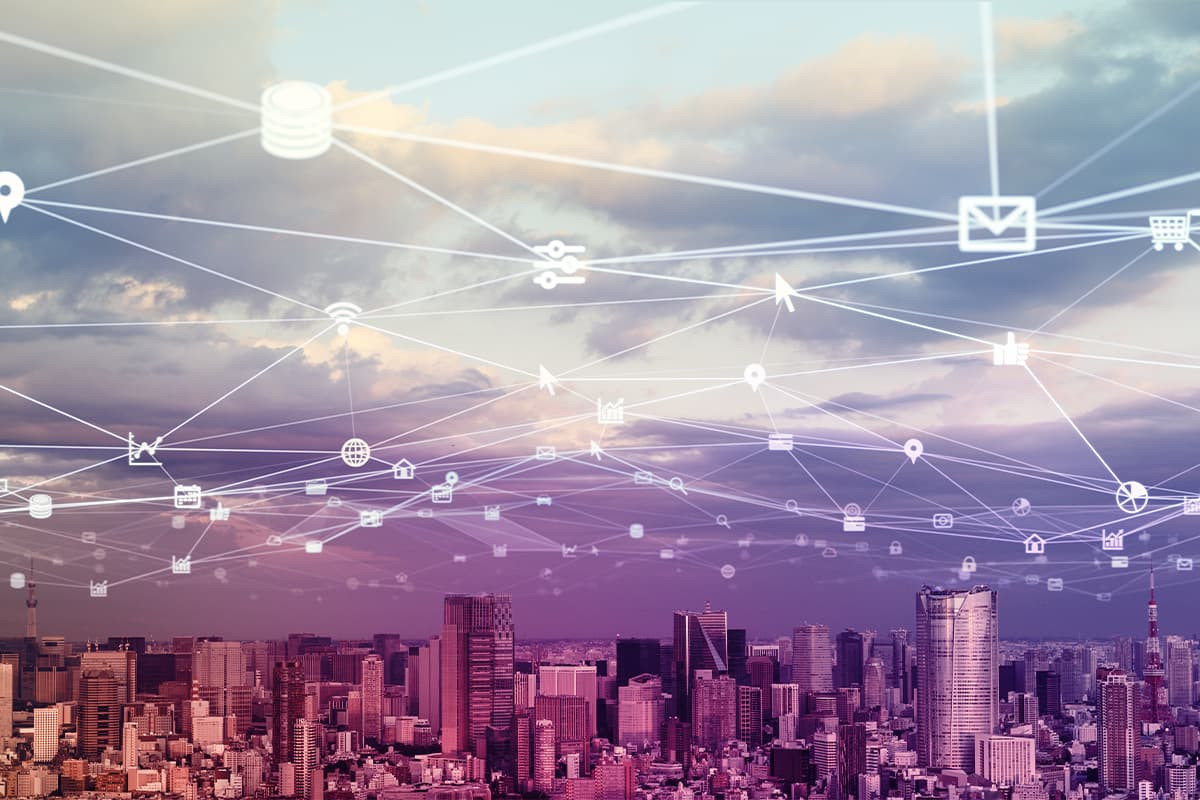

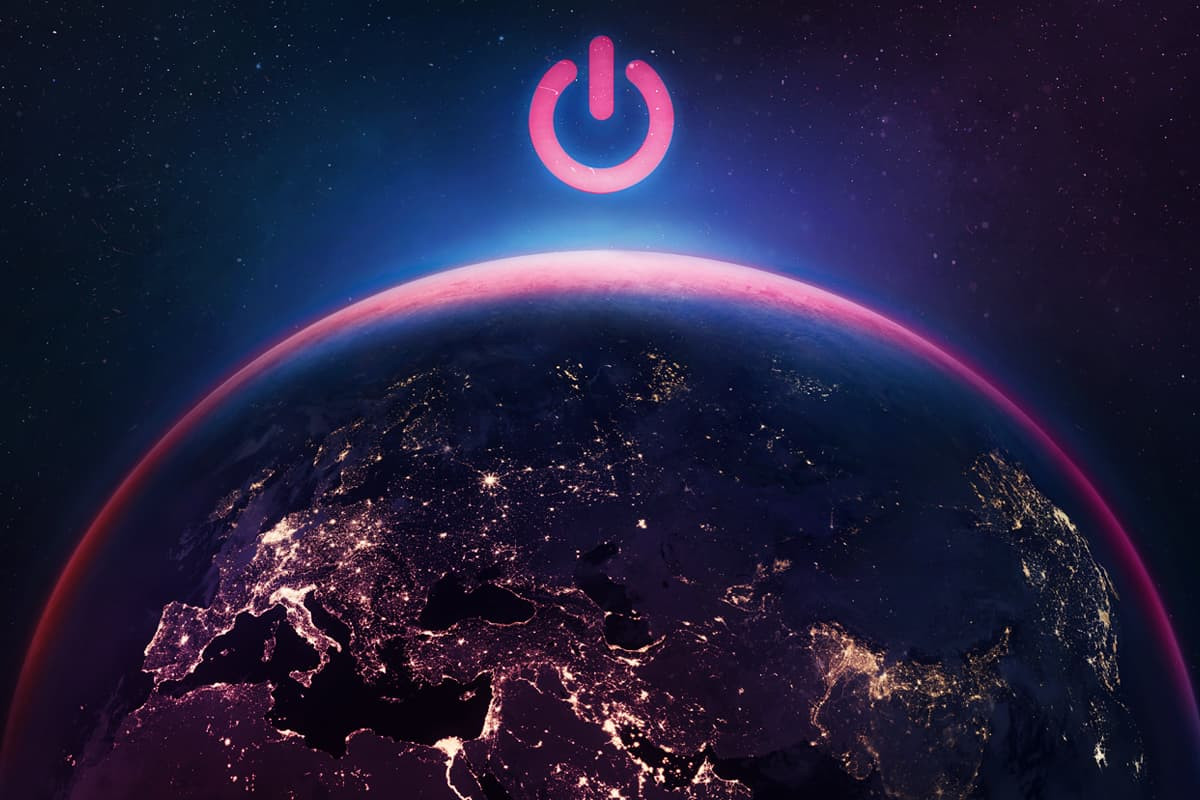

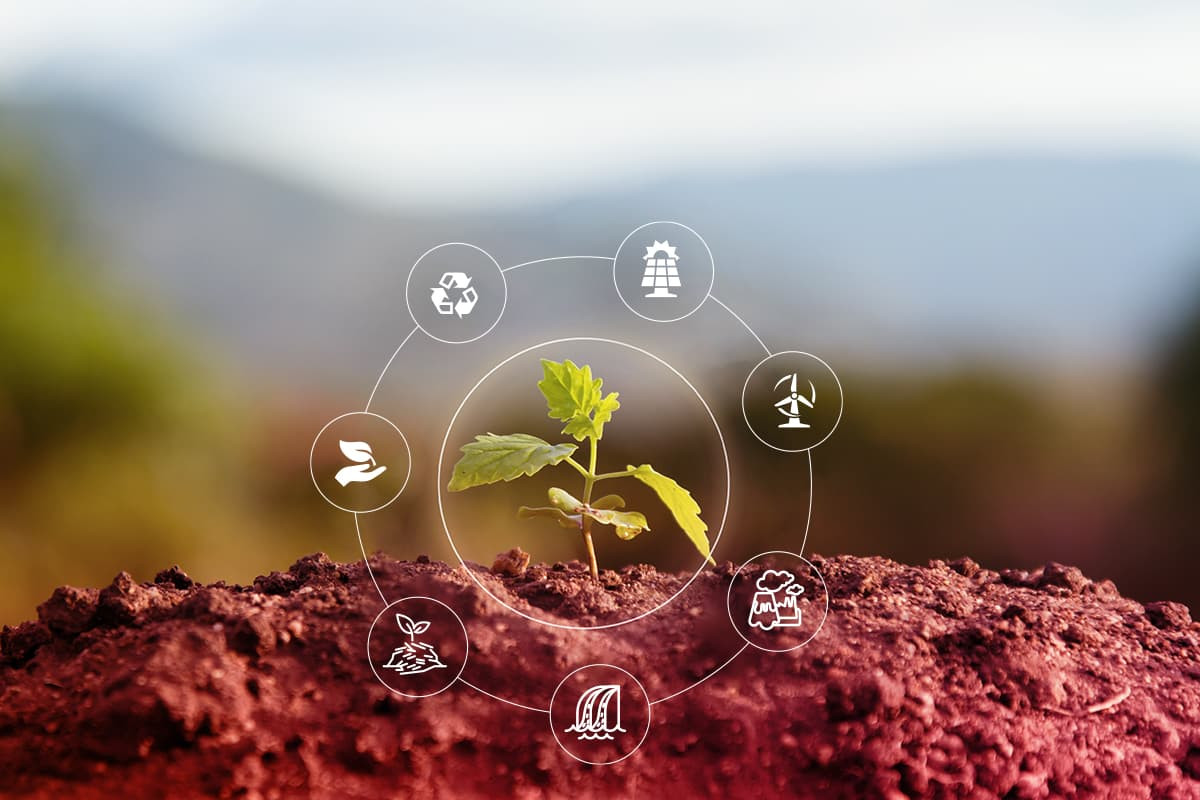

Leave a Comment
Comments (1)
M
Melis
IOT'nin nasıl çalıştığını çok güzel görselleştirmişsiniz. Yazıyı da beğeni ile okudum. Teşekkürler,
Aydem Perakende